On a summer afternoon in January 2017, Bernard Gore, a 71-year-old retiree, walked into Westfield shopping center in Sydney, Australia, and vanished without a trace.
Police and security teams searched for him for weeks, unaware that Bernard never left the shopping center.
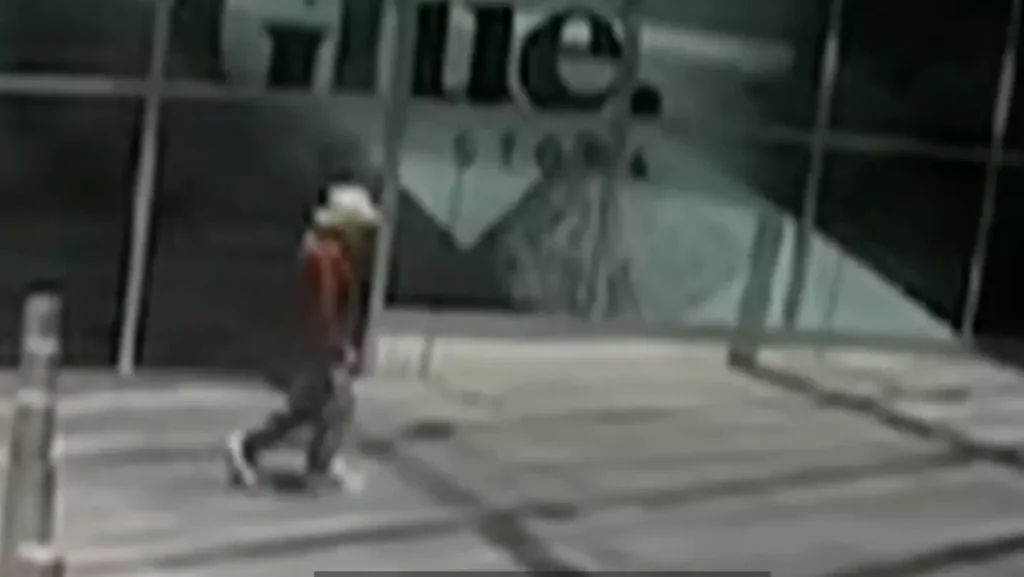

When Bernard’s body was finally discovered in a dark corridor by the fire stairwell, it became clear that his death was preventable.
Evidence soon emerged that investigators had mishandled the early search after the CCTV footage of Bernard was found. It wasn’t reviewed during the initial investigation, leading to the delay in locating the missing man.
Background
Bernard Gore was born in 1945 and lived in Mornington, Tasmania, with his wife Angela. The couple had three children together: Mark, Melinda, and Rachel Gore. Melinda and Rachel lived in Sydney, Australia, while Mark remained in their hometown.
Before officially retiring in 2008, Bernard worked as a bread delivery driver and barber. He enjoyed walking and made sure to exercise every morning, as it helped manage his high blood pressure.
However, as 2016 rolled in, Bernard began to sleep more and frequently forget to take his blood pressure medication. Despite his increased sleep, Bernard often felt tired, and his family noticed that he was unusually quiet.
A new diagnosis
In June 2016, Bernard and Angela went to Moonah, a suburb of Hobart, with the intention of running errands. The couple separated, agreeing to meet back at their car in a couple of hours.
However, when it was time to go home, only Angela was waiting at the meeting spot. Concerned, she drove home and reported Bernard missing.
The police located Bernard around 10:00 PM that same night, and he was in downtown Hobart. He was questioned about his whereabouts that day, but Bernard didn’t say much.
When the officers mentioned Angela, he stated that she was in a hospital. Since they knew his wife had been waiting for him at home, the officers suspected that Bernard might be experiencing some type of cognitive impairment.
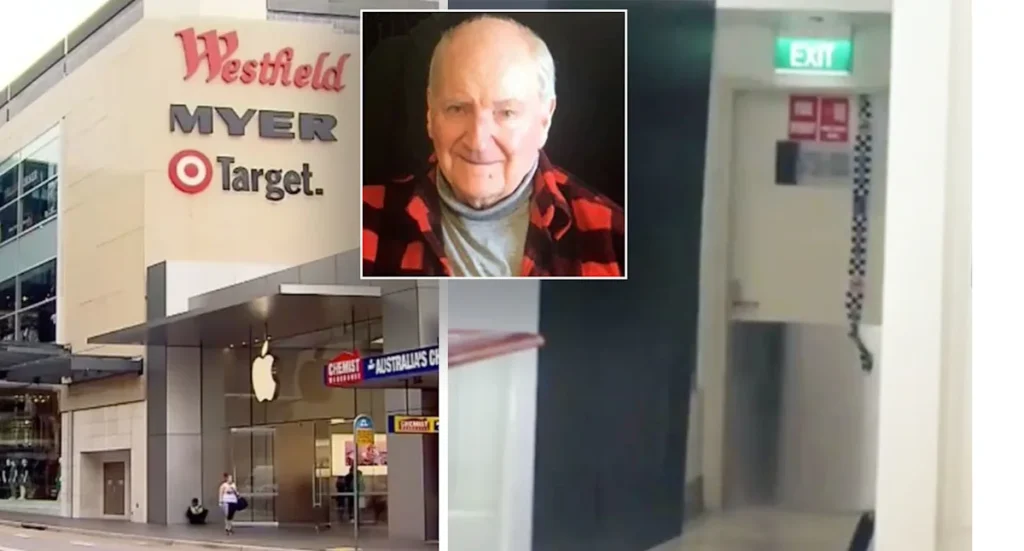
When the family arrived at the station to pick him up, officers suggested they purchase a GPS tracker for Bernard. Within days, he began wearing a GPS watch.
After several visits to the doctors, Bernard was diagnosed with a moderate cognitive impairment and prescribed medication to treat dementia associated with Alzheimer’s disease.
Angela noticed improvements in Bernard right away, and that was confirmed by his doctor on December 5th, 2016, who stated that Bernard now had mild cognitive impairment.
That was great news for the couple, who were looking forward to spending the holidays in Sydney with their two daughters.
Angela and Bernard arrived in Sydney on December 16th, 2016, planning to stay at their daughter Melinda’s apartment on Ocean Street in Woollahra.
The family celebrated Christmas together, and Bernard seemed like his normal self. He was walking every day on his own and frequently visited the nearby Westfield shopping center with Angela.
The disappearance
On January 6th, 2017, Bernard woke up early and had a quick breakfast. It was raining outside, so he and Angela decided to stay in and watch TV. By noon, the weather had improved, and Bernard wanted to go to Westfield.
Angela agreed to join him, but she needed some extra time to get ready. The two decided that Bernard would go first, so he left his daughter’s apartment around 12:30 PM.
Angela planned to meet him outside Woolworths at 1:15 PM. She arrived on time, but her husband was nowhere to be found. She checked all the stores and restaurants in the shopping center area they usually went to during their stay in Sydney, but Bernard wasn’t there.
Angela returned to her daughter’s apartment around 2:00 PM, and the two waited for Bernard to come back. As it started to get dark outside, Angela and Melinda decided it was time to contact law enforcement. They called the police around 8:00 PM, and officers soon arrived at Melinda’s apartment.
They were informed that Bernard had early-onset dementia, and his description was quickly broadcast to other officers to be on the lookout for him. Melinda and Angela then went to Westfield to speak to the security personnel in charge of the shopping center area.
After receiving Bernard’s physical description, the security supervisor began reviewing the surveillance footage from a camera pointed towards the Woolworths. Meanwhile, one security officer checked the toilets, elevators, garbage rooms, and backrooms of the shopping center.
In the first couple of days after Bernard went missing, the security personnel in charge of reviewing the CCTV footage experienced miscommunication, and no one was able to spot the missing man.
On January 9th, two police officers arrived at Westfield and conducted a brief search of the retail area and the car park. They also requested the CCTV footage to be delivered to the police station.
The following fourteen days were spent searching for Bernard in the Eastern Suburbs, particularly focusing on the neighborhood near Melinda’s apartment.
Since no one reviewed the CCTV footage properly, police believed that Bernard never actually arrived at Westfield on the day of his disappearance.
A startling discovery
On January 27th, 2017, a maintenance worker at Westfield was tasked with checking the fire stairwell because the staff had reported a foul odor coming from that part of the shopping center. Around 8:00 AM, the worker descended the stairs and discovered the body of Bernard Gore.
He was lying on the ground next to a chair in a kneeling posture, and it was evident he had been deceased for several days, possibly even weeks.
The coroner determined that there was no evidence of traumatic injury or third-party involvement. Bernard’s death was classified as a misadventure. The estimated time of death was between January 6th and January 9th, but there is a possibility he died shortly after entering the stairwell.
Bernard had pre-existing medical conditions, which suggested that the overall stress and fear of being in an unfamiliar location may have triggered a heart attack. It’s not likely he could’ve survived for longer than three days in the corridors because Bernard didn’t have any water or food with him.
However, he was found weeks after his death, and the decomposition made it impossible for the coroner to pinpoint the exact cause of death.
The failed search for Bernard
The Gore family was devastated upon hearing that Bernard had been trapped inside Westfield all along. They had believed the investigators had thoroughly examined all the CCTV footage, but soon multiple shortcomings were revealed.
For instance, officers never reviewed the surveillance footage from the staff-only areas inside the shopping center.
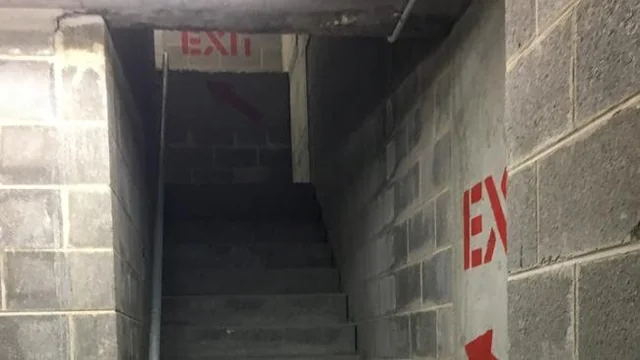
The emergency stairwell wasn’t frequently used, and it appeared that it was rarely checked when looking for individuals who had become lost inside the center. Security typically focused on finding lost children, and they were usually located within ten minutes.
It was later revealed that the footage of Bernard going toward the door to the fire stairwell existed, but no one had viewed it before the discovery of his lifeless body. Instead, the officers focused on the pedestrian routes within the complex and entrances to the shopping center.
The overall layout of Westfield is somewhat confusing to many because the shopping center has several levels that are connected by internal passages. Given that Bernard had early dementia, it is possible he became disoriented and thought he was taking a shortcut.
Bernard entered the stairwell through an exit-only door. This meant that once he went through, he was unable to return to the shopping center because the door locked automatically.
The only way to exit the stairwell was to descend to the lowest level of the shopping center and use the push-button fire exit. This door had an alarm, and records indicate that Bernard didn’t try to open it because the alarm hadn’t been triggered in weeks.
The area where Bernard was found had no air conditioning, and the temperature was likely high since it was summer. Additionally, there was no natural light, which probably increased the fear and stress.
Bernard didn’t have a phone with him, and the GPS watch he usually wore was broken. His wife and daughter provided him with a piece of paper with Melinda’s address on it in case he got lost.
Tragically, he got trapped inside a shopping center without a way to call for help. He was unable to open any of the stairwell doors from the inside and likely found a chair to sit on while waiting for help that never arrived.
Bernard’s family attended the inquest hearings in November 2019, where they were shown the CCTV footage of his 15-minute walk along Oxford Street for the first time.
It was a highly emotional moment for everyone as they watched Bernard approach the entrance to Westfield, where he would ultimately become trapped.
Following the inquest into the death of Bernard Gore, no one involved in the initial search was punished for mishandling this case. Instead, recommendations for improving future missing person cases were given by the coroner.
Sources
https://www.abc.net.au/news/2020-12-21/tasmanian-bernard-gore-stairwell-death-coronial/13002014
https://www.unilad.com/news/bernard-gore-death-westfield-australia-new-south-wales-782677-20241201





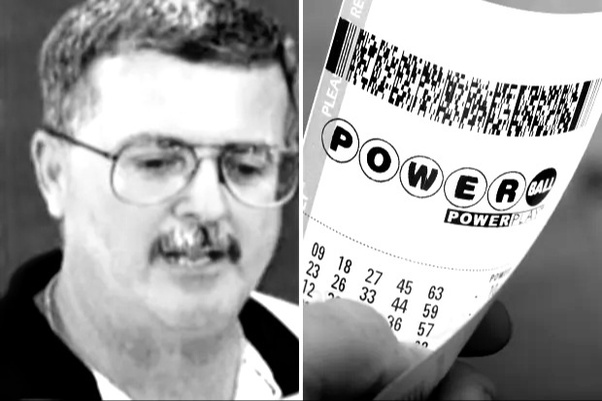


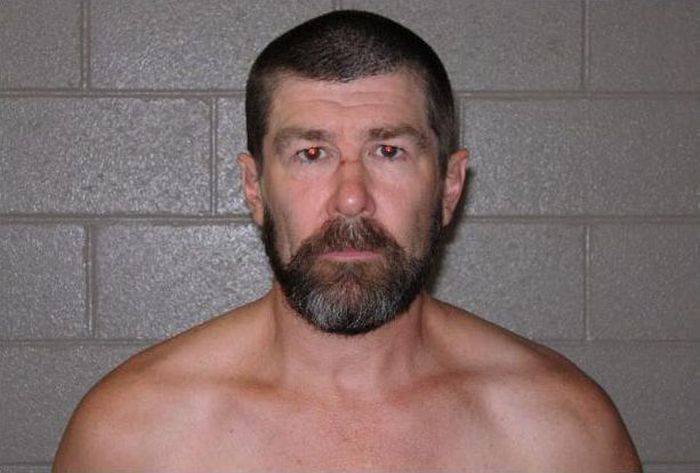
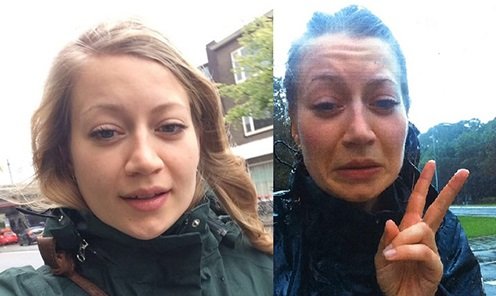


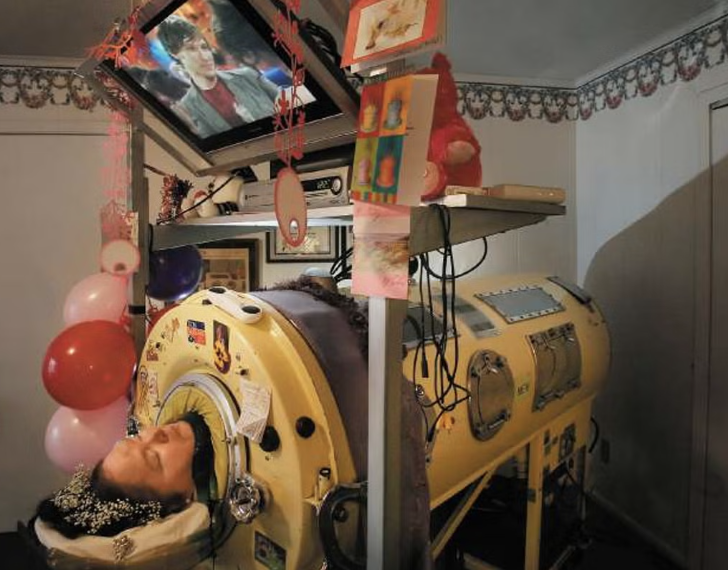
Leave a comment